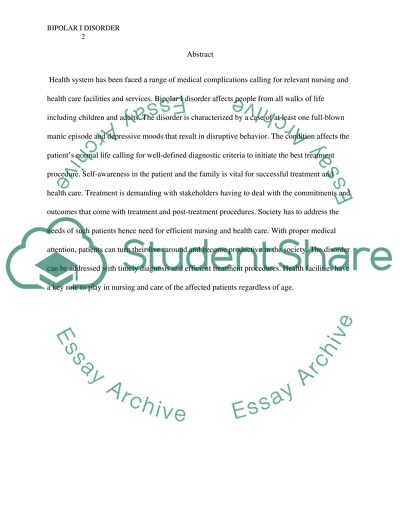Cite this document
(“Bipolar disorder type 1 Research Paper Example | Topics and Well Written Essays - 1500 words”, n.d.)
Retrieved from https://studentshare.org/nursing/1673637-bipolar-disorder-type-1
Retrieved from https://studentshare.org/nursing/1673637-bipolar-disorder-type-1
(Bipolar Disorder Type 1 Research Paper Example | Topics and Well Written Essays - 1500 Words)
https://studentshare.org/nursing/1673637-bipolar-disorder-type-1.
https://studentshare.org/nursing/1673637-bipolar-disorder-type-1.
“Bipolar Disorder Type 1 Research Paper Example | Topics and Well Written Essays - 1500 Words”, n.d. https://studentshare.org/nursing/1673637-bipolar-disorder-type-1.


